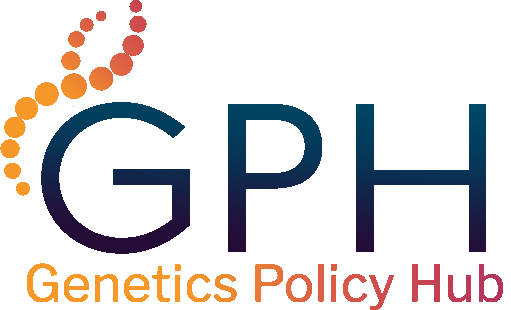From 2004 to 2024, the Health Resources and Services Administration (HRSA) funded the National Coordinating Center for the Regional Genetics Networks (NCC). NCC developed and maintained the Genetics Policy Hub.
With the conclusion of NCC funding, the Genetics Policy Hub (GPH) will no longer be updated or maintained. Information on GPH should be used for historical reference only.
Population Screening
Updated On Sep 19, 2024
This information is meant to be used for educational purposes to inform providers, patients, and genetic service delivery stakeholders about genetics policy topics. Sharing of information, resources, or policy statements is no way an endorsement of stated positions by NCC.
Introduction
Population screening is offering a screening test to everyone in a specific population, even if they don’t have signs or symptoms of the condition. One example of population screening is newborn screening. As each child is born, they are offered screening for a variety of conditions that can develop in the newborn period.
For further understanding of population screening, the following articles will provide more in-depth information. The Centers for Disease Control and Prevention (CDC) posted a discussion of the scientific and implementation challenges of population screening in this blog post. A discussion of population screening for BRCA1 and BRCA2 across multiple countries and health systems is discussed in this article.
As exemplified in these discussions, population screening only makes sense for specific conditions. The risks and benefits of population screening help to explain the decision making process behind which conditions are chosen for population screening.
As providers, evidence-based guidelines help us to screen our asymptomatic patients without family history for conditions such as colon cancer and cervical cancer. Colonoscopy is one example of population screening that has risks and benefits, as with many invasive procedures. Not every patient needs a colonoscopy, and if every provider ordered one for every patient, the costs to perform all these tests and the risk the patients would be exposed to would outweigh the benefit of the actual number of cases detected. Population screening makes sense for the right population at the right time, relying on clinicians to determine a patient’s risk profile by asking about symptoms and obtaining an extensive family history. Population screening is designed to benefit the greatest number of people by trying to capture as many people who might be affected by the condition, with the least amount of risk, all while balancing the cost.
As the cost of genetic testing lowers, questions regarding population screening are arising. For example, some have suggested that all adults should have genetic screening for cancer predisposition genes. Others have suggested that this be done only in those already having testing for other genetic conditions.
Any policy to offer population screening comes with benefits and limitations. A discussion regarding these types of screening recommendations as it relates to secondary findings can be found in this policy statement by the American College of Medical Genetics and Genomics (ACMG).
Legislation and Regulation
There are no laws or regulations that specifically apply to population screening (except in newborns).
As newborn screening is a state-based program, each state determines which conditions are screened for, how the screen is paid for, and how follow-up and treatment is handled. For more information on newborn screening in your state, visit the Health Resources & Services Administration (HRSA) Newborn Screening website or Baby’s First Test.
Are you interested in learning what your state’s government or the federal government are currently proposing for either legislation or regulation? Check out Legislative/Tracking system for up-to-date information and subscribe to our Twitter channel to get the latest updates in your pocket.

